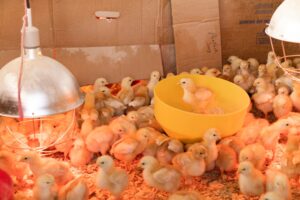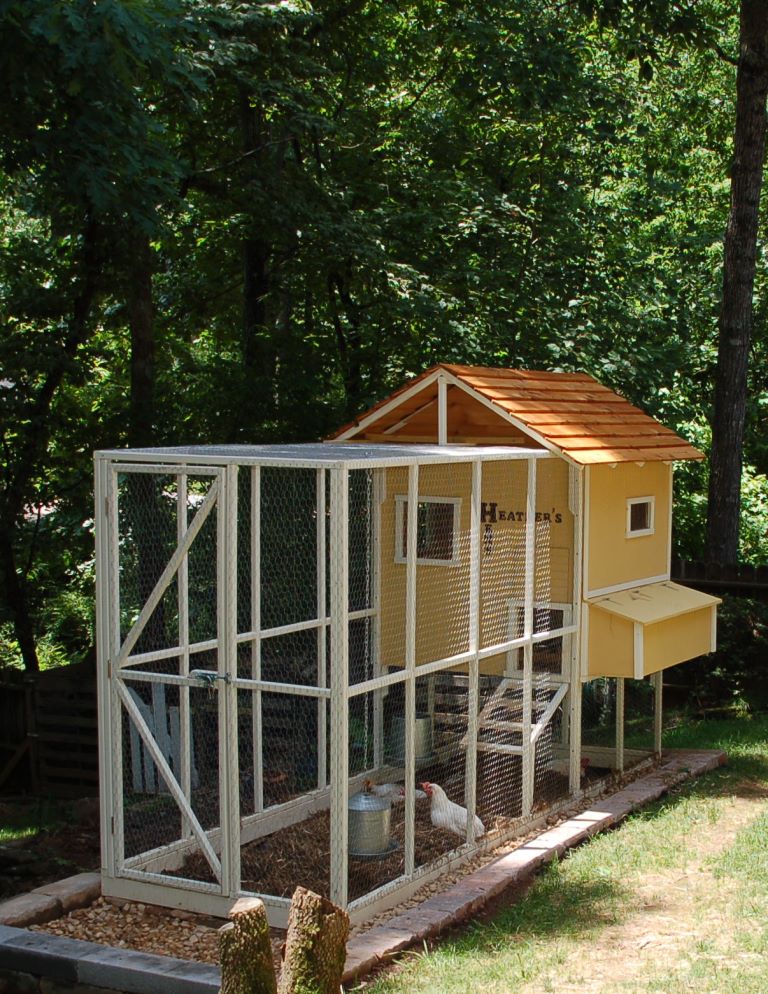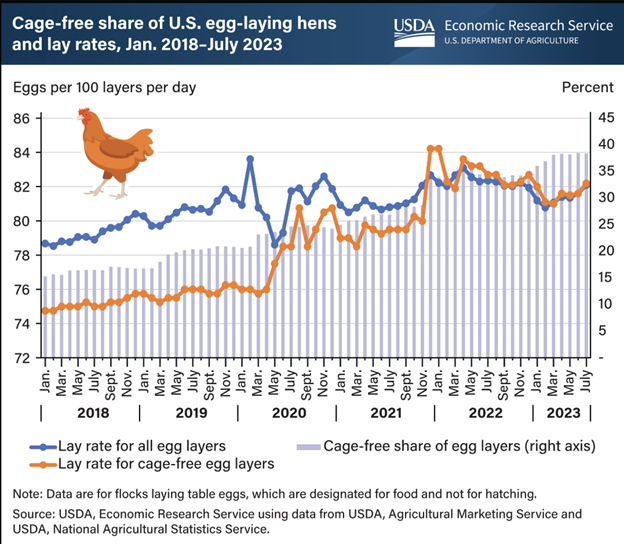
Heather N. Kolich, ANR Agent, UGA Extension Forsyth County
There’s a shortage of eggs in the U.S. and egg prices are high. Several factors contribute to higher prices for eggs, including:
- High demand – annual egg consumption in the U.S. is around 93 billion eggs.
- Lower production – Highly Pathogenic Avian Influenza (HPAI) outbreaks since 2022 reduced laying flocks by 8 percent, and Hurricane Helene destroyed and damaged hundreds of poultry houses in the Southeast in 2024.
- Production system – free-range, pasture raised, organic, and cage-free systems yield fewer eggs and carry higher labor costs than conventional egg production systems.
- Location –some states require cage-free housing, which increases production costs. Producers in other states have adopted cage-free production more quickly than anticipated, growing to 38 percent of commercial egg flocks.

While the USDA is working to speed repopulation of commercial layer houses, it will take time to bring production back up to previous levels. In the meantime, is starting a backyard flock the answer to high egg prices?
Considering the investment of materials and time required to manage a healthy backyard flock, maybe not. But if a backyard flock is right for your family, here are things to consider.
Can I keep chickens where I live?
The first question to answer is whether zoning laws or HOA covenants allow you to keep chickens. If so, how many chickens can you keep and how far from property lines must you locate their housing?

Prepare before bringing chicks home
Preparing before purchasing chicks will help save time, money, and ensure that chicks get off to a good start. Supplies required include:
- A large plastic tub or cardboard box
- Pine shavings
- Waterer
- Feeder
- Heat lamp
- Thermometer
HPAI isn’t the only disease that can devastate poultry flocks. Purchase chicks from a reputable dealer who participates in the National Poultry Improvement Plan (NPIP), a voluntary testing and certification program that started in 1935 to help eliminate Salmonella pullorum from breeding stock and chicks. Now NPIP producers assure that birds they sell are free from several avian diseases. Also verify that chicks you purchase were vaccinated against Marek’s Disease prior to or immediately after hatching. Marek’s is a highly contagious, crippling virus. Vaccination protects birds, but there is no treatment once a chicken contracts it.
Chicks can’t regulate their body temperature, so use a heat lamp with a red light to provide round-the-clock heat without disrupting the chicks’ sleep cycles. Layer the dub with pine shavings and pre-heat it to 90 degrees Fahrenheit before bringing chicks home. Maintain that temperature for the first week. Clip a thermometer inside the box and raise or lower the heat lamp to adjust temperature, but watch chick behavior, too. If chicks cluster under the lamp, they may be too cold. If they stay far away from the lamp, they may be too hot. In the second week, reduce the temperature to 85 degrees. Drop the temperature by five degrees in each of the next three weeks, then hold it at 70 degrees.
Provide a waterer and feeder that the chicks can access from all sides. Clean these frequently. You may need to teach chicks how to drink. Shine a light on the water; the reflection helps the chicks see it. To get them drinking, gently dip their beaks in the water. Use a commercial chick starter feed for the first six weeks to provide the proper nutrition growing chicks need. Poor nutrition causes developmental issues and makes chickens more sustainable to diseases.
As chicks grow over the next few weeks, purchase or build a coop that provides 3-3.5 square feet of floor space per hen. Chickens enjoy the exercise of scratching and pecking outdoors, but they need protection from predators and diseases. Providing them with a fully enclosed run protects them from both.
Clean hens are healthy hens. Use pine shavings to absorb droppings and regularly remove soiled litter to reduce fly infestations and prevent the buildup of ammonia gas in the coop. Composting is a good way to manage litter. See UGA Circular 1097, Poultry Litter Composting for Backyard Flocks, for more information.
For best health and productivity, feed your flock a commercial feed that is formulated for the age and production stage of the birds. When chicks are six weeks old, switch from starter feed to a grower ration. When the hens are 18 weeks old, switch them to a layer ration.

Practice safe handling
Implement safe handling practices help to prevent disease transmission.
- Fully enclose runs to keep wild birds from mingling with backyard chickens and contaminating their food and water.
- Dedicate a specific pair of shoes to wear when working in the chicken housing area.
- Don’t share tools with other backyard flock keepers.
- Quarantine new chickens for at least two weeks before introducing them to your established flock.
- Conduct feeding and cleaning chores with the established flock first, then move to the new birds.
- Make sure that everyone who handles chicks or birds immediately washes their hands with soap and warm water.
Even if it doesn’t lower the cost of eggs, keeping a backyard flock can be entertaining and educational.